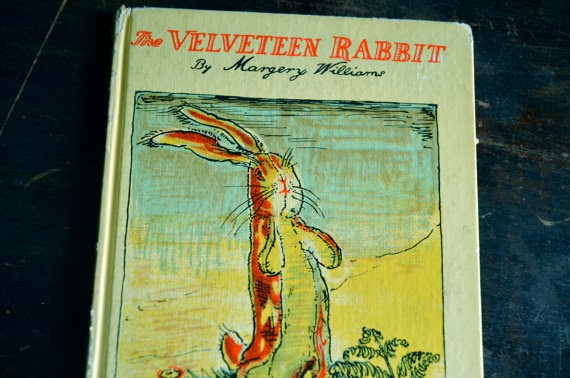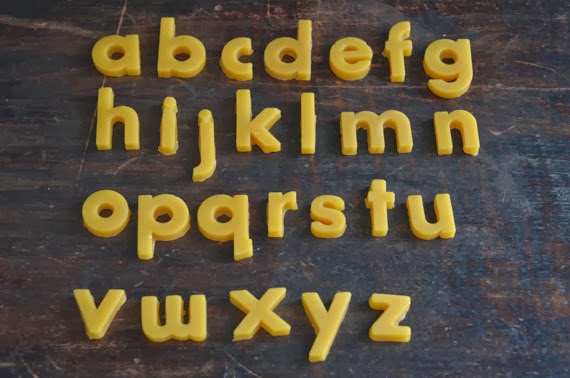Improving Reading with Physical Exercise
When
my first born was four years old he knew the entire alphabet, each
letter’s sound, and how to write most of them in capital letters. I
beamed and I even told the neighbor “He can read,” much to her
disbelief. You see, I figured he was on the cusp if he knew three
letters and their sounds. He could easily sit down and put those into a
word, right? Four years later we are still learning to read and I’ve
learned to be more humble.
I
just assumed reading was easy. When I was a girl I loved to read. But, I
never knew how I learned to read and I never appreciated language for
it’s parts, more for it’s ability to come together to tell a story.
When I was pregnant I read to my son, when he was born, I read to him
more. As a toddler he’d bring me tons of books and we’d point out
pictures and learn general vocabulary. When he was just three he sat by
while I read all of Stuart Little. Naturally, I thought reading would be
easy for him, something that would magically happen.
I’ve
since learned reading is a process that involves games, rhymes, rules
and repetition. As any mother would, I am always on the lookout for
clear, easy and fun ways to teach him reading rules. Imagine my surprise
when a fun new way to enhance reading ability arrived in the form of
bean bags, crawling on the floor, and jump roping.
The Extra Lesson:
As
a parent who prefers natural and holistic methods The Extra Lesson
really appeals to me. An approach that helps children with learning
disabilities, it is also beneficial to those without. For children with
ADD, ADHD, Dyspraxic, Dyslexic, Auditory Processing Difficulty, or as
Gifted and underachieving, this method works drug-free. For a mother
trying to help her son put joy into reading, it works as well.
As
usual, this Waldorf centric approach focuses on meeting each child at
his need level. Extra Lesson classes are available at many Waldorf
schools from counselors following Audrey McAllen’s Steiner inspired
curriculum. The most wonderful part is the exercises are really fun!
With
help from books and websites we came up with exercises we can integrate
right here at home. Weekly we are tossing bean bags and doing crawling
races around the house. My boys have learned to do Chinese Jump rope and
are inventing their own challenges.
Both
boys are improving their gross motor spacial awareness which translates
to spacial awareness on paper. It’s easy to incorporate the exercises,
they enjoy them, and it’s a great addition to our weekly reading
practice.
Interested in finding out more about The Extra Lesson?
Check out these websites:
Check out these books:
Take Time by Mary Nash-Wortham and Jean Hunt
The
Extra Lesson, Movement, Drawing and Painting Exercises to Help Children
with Difficulties in Writing, Reading, and Arithmetic by Audrey E.
McAllen.







We may be on our way here at some point! I just discovered my daughter, nearly 6, dos not know which direction English words run on paper--she has been trying to write the letters she knows from right to left instead of left to right. I was reading--really reading--by four, so this difficulty is new to me. I'm looking forward to learning more about reading instruction when she enters Waldorf 1st grade next year.
ReplyDeleteFrom my experience, children learn to read at different ages and with various degrees of ease or difficulty depending on the individual nature of the child. What can be challenging for younger kids becomes easier with the added dexterity of age. The extra lesson seems like a good place for kids who may be struggling as well as focusing on activities like knitting and others that work on hand eye coordination and creative expression.
ReplyDelete